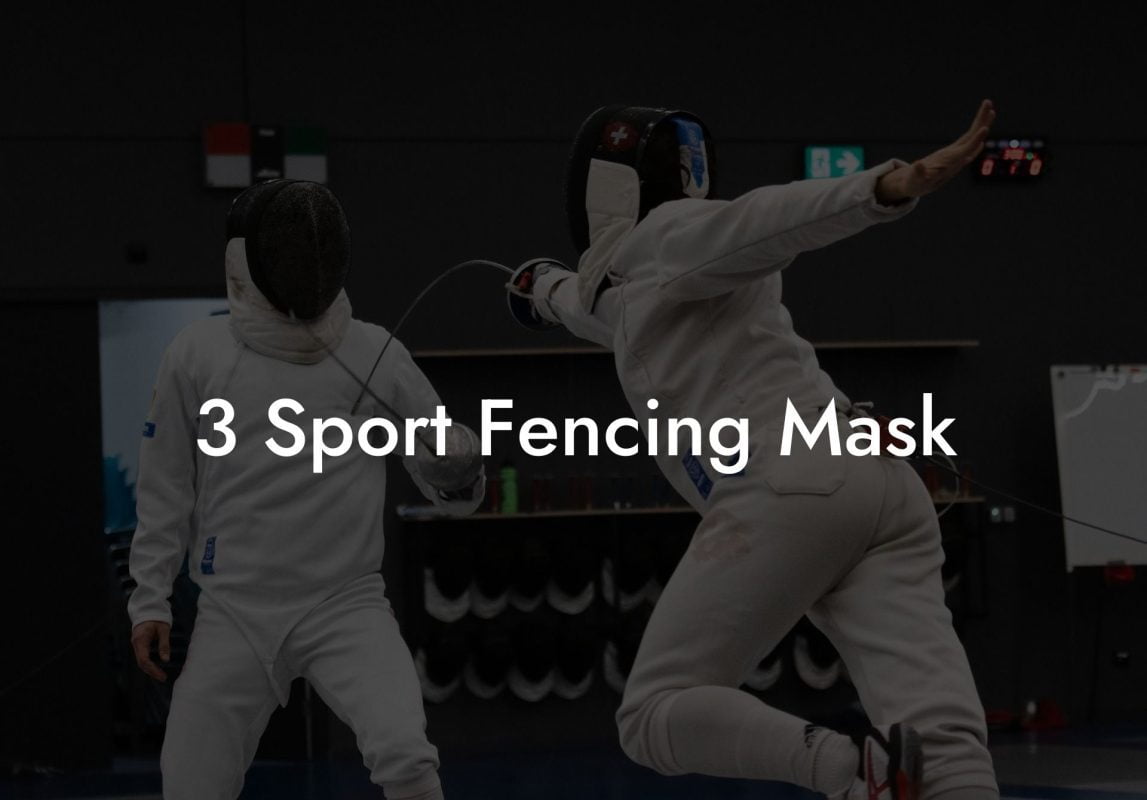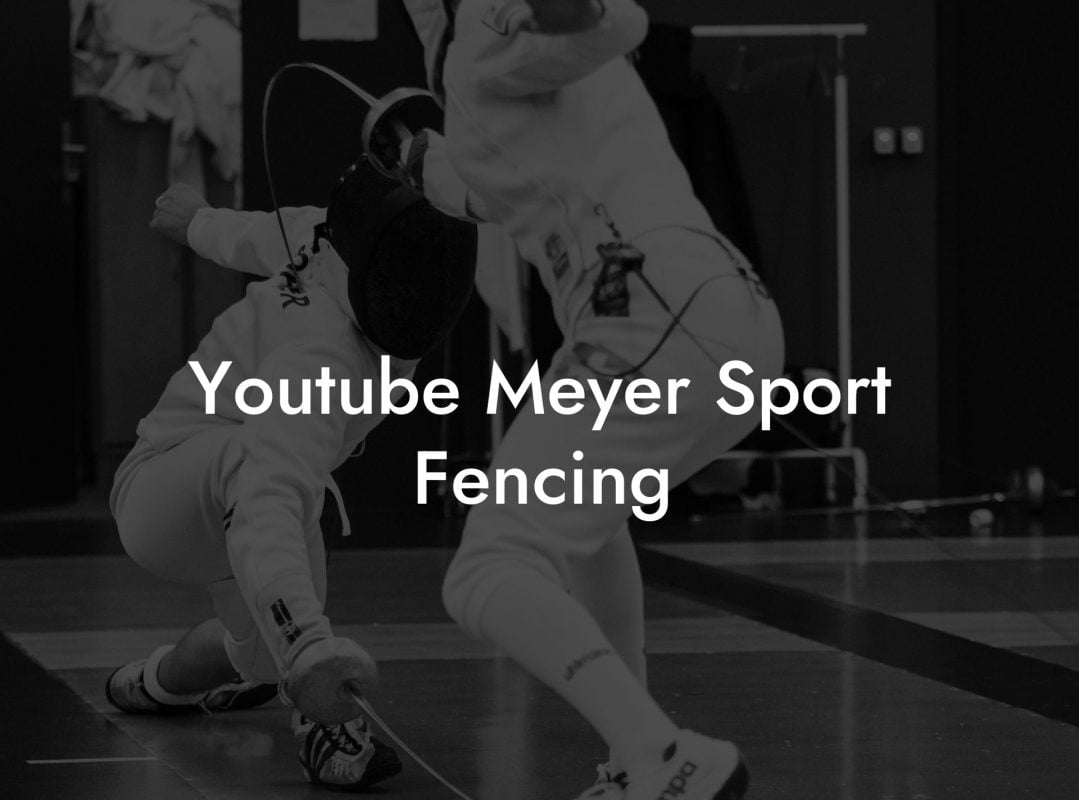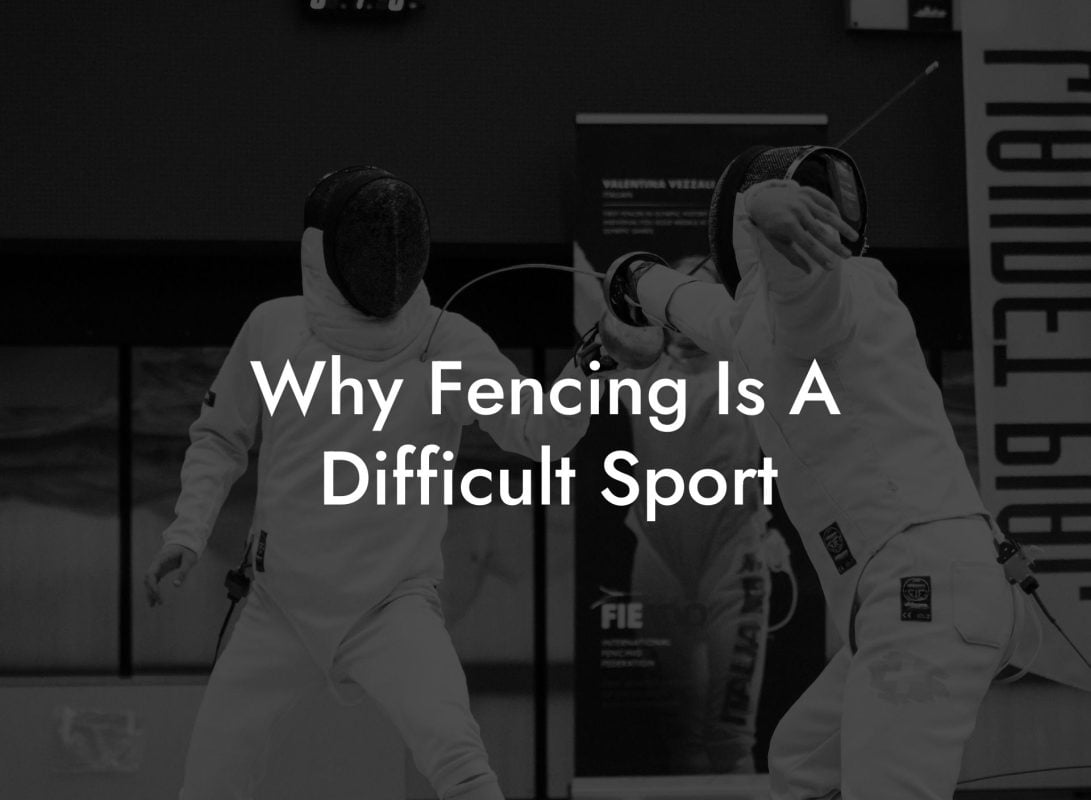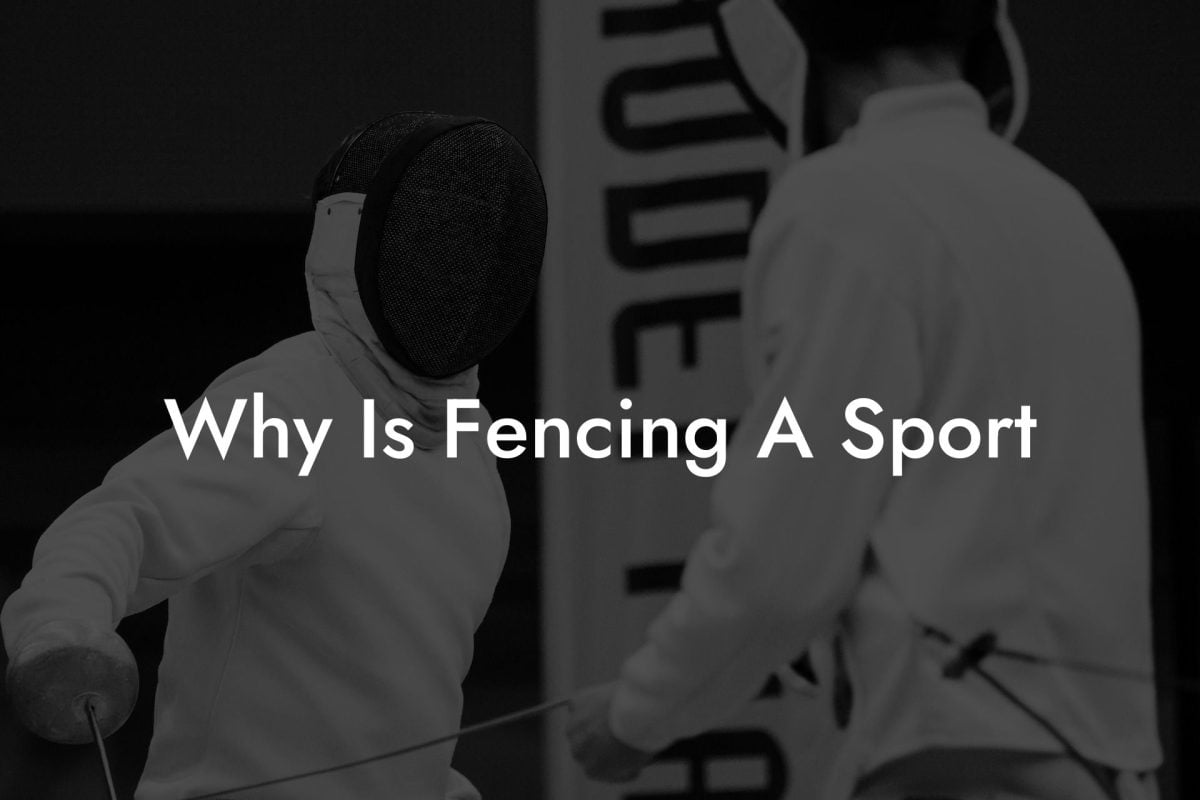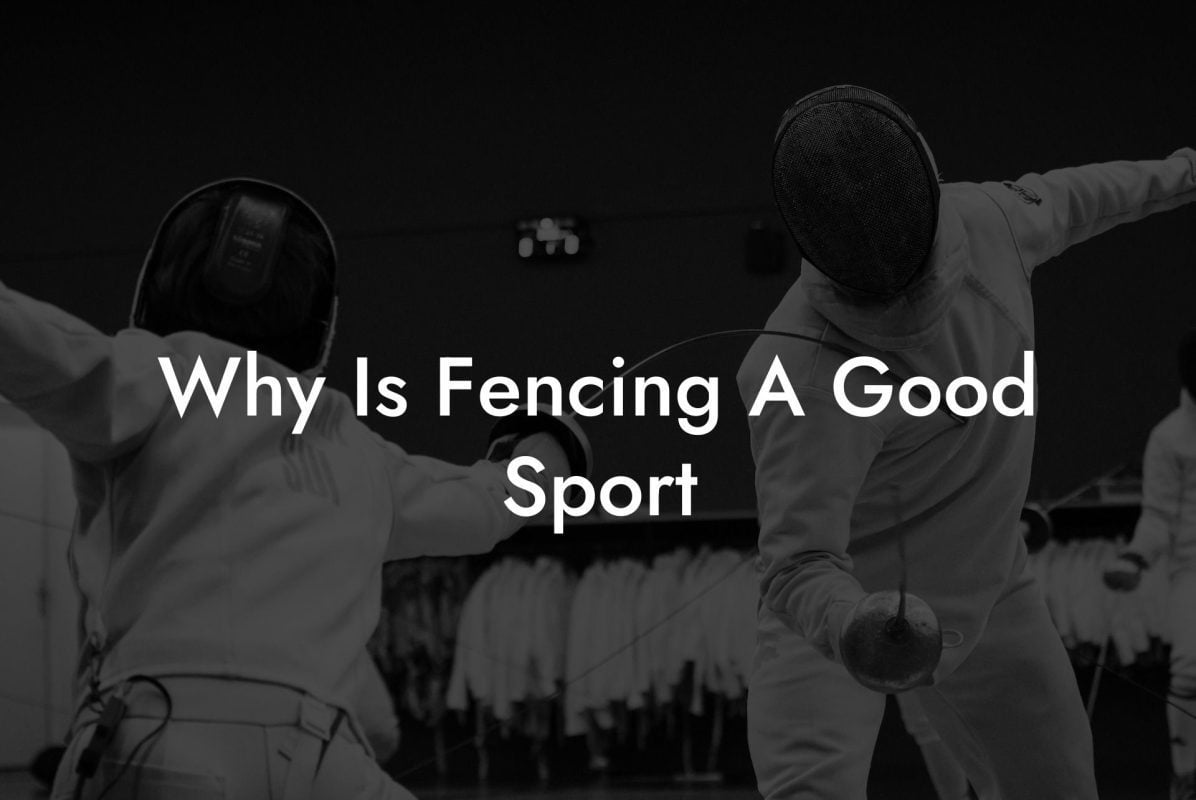Discover the unique world of fencing sport styles and how they differ from one another. Learn the history, techniques, and equipment used in each style – and allow your newfound knowledge to guide you on your path to becoming a skilled fencer.
Fencing Sport Style Table of Contents
The Three Main Fencing Sport Styles
Fencing is an ancient, thrilling sport that challenges both the body and the mind. Although often seen as a single sport, fencing actually consists of three distinct styles – each with its unique techniques and equipment. To better understand and appreciate fencing, let's delve into the world of Foil, Epee, and Sabre fencing.
1. Foil Fencing
Foil fencing is a lightweight style that focuses on precision and technique. It evolved as a training method for dueling with rapier swords during the 17th century and showcases the elegance and agility of fencing.
- Techniques: In foil fencing, a fencer must strike their opponent's torso with the tip of the foil to score points. Hits made outside the target area are considered invalid. Offensive moves, like thrusts and lunges, must be made with absolute accuracy.
- Equipment: A foil is a thin, flexible weapon that typically weighs less than a pound. Foil fencers also wear a metallic vest called a "lame," which helps electronically register valid hits on the torso. Additionally, a specially designed mask with a conductive bib is worn to protect the head and neck areas during competition.
2. Epee Fencing
Epee fencing is the heavyweight of the three styles, often described as "the purest form of fencing." Derived from the dueling practices of 19th-century France, epee matches are slower and more strategic than those in foil or sabre fencing.
- Techniques: The entire body is a valid target in epee fencing, requiring fencers to be cautious and deliberate with their moves. Double-touches, where both fencers score a hit at the same time, are allowed – demanding strong defensive skills to avoid being touched by the opponent's weapon.
- Equipment: Epees are heavier and stiffer than foils, with a larger guard to protect the fencer's hand. The tip of the epee has a spring-loaded mechanism that must be compressed to register a valid hit, ensuring that only forceful thrusts will score points.
3. Sabre Fencing
Sabre fencing is an exhilarating and fast-paced style that originated from the cavalry sword fighting techniques of the 18th century. Emphasizing aggressive tactics and rapid movements, sabre fencing is an exciting spectacle to watch.
- Techniques: Fencers can use the entire length of the sabre to score points, including the blade's edge and the tip. The target area in sabre fencing is from the waist up, encouraging fencers to aim for their opponent's head and arms with swift, powerful cuts and thrusts.
- Equipment: Sabres are relatively light weapons, although slightly heavier than foils. The sabre blade is curved, with a large hilt that extends over the fencer's hand, providing excellent protection from the opponent's attacks.
Fencing Sport Style Example:
Imagine a fencing tournament featuring all three styles of competition: foil, epee, and sabre. A foil match begins with two fencers demonstrating incredible precision and grace. They dart back and forth, searching for an opening in the opponent's defense to land a hit on the torso. The crowd marvels at the finesse and elegance of their techniques.
Next, the epee fencers step onto the strip, showcasing the concentrated power of this heavyweight style. Each move is strategic as they probe their opponent's defenses, aiming for the entire body. The intensity rises as both fencers trade hits, demonstrating skillful defensive tactics.
Finally, the sabre fencers sweep onto the scene, captivating spectators with their rapid, aggressive strikes. Sparks fly from their blades as they aim for the head and limbs of their opponents, making for a thrilling, action-packed finale to the tournament.
We hope this exploration into the fascinating world of fencing sport styles has ignited your passion and curiosity for the sport. Whichever style resonates most with you, we encourage you to dive deeper and explore other guides on Anchorage Fencing Club to learn more about the techniques and equipment needed to excel in your chosen discipline. Share this article with friends and fellow fencing enthusiasts – and may our collective love for fencing grow and thrive!



